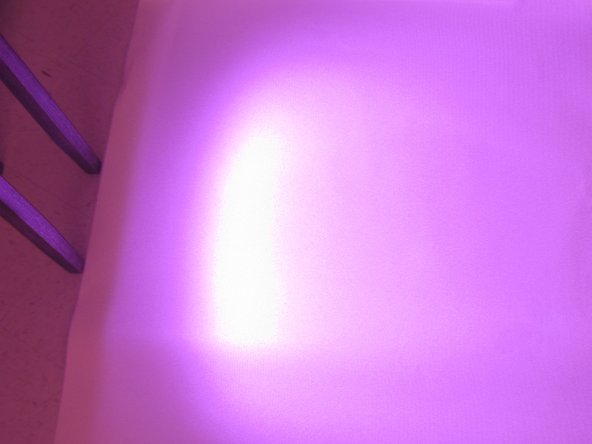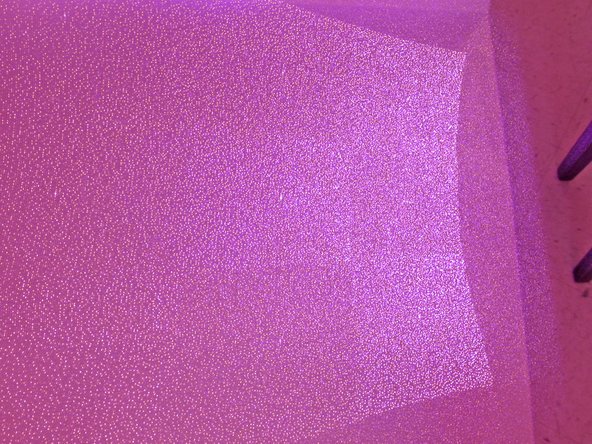

Three years of development must have done more than make the Kinect IR array look less cool. While it’s now a nice light source for IR portraits, it seemed pretty obvious that there was more to this story.

[0055] The image camera component may include an IR light component, a three-dimensional (3-D) camera, and an RGB camera that may be used to capture the depth image of a capture area… In some embodiments, pulsed infrared light may be used such that the time between an outgoing light pulse and a corresponding incoming light pulse may be measured and used to determine a physical distance from the capture device to a particular location on the targets or objects in the capture area… The phase of the outgoing light wave may be compared to the phase of the incoming light wave to determine a phase shift. The phase shift may then be used to determine a physical distance from the capture device to a particular location on the targets or objects.
Our best guess is that the Xbox One Kinect uses its three IR emitters to pulse light into a room. The sensors translate the reflected light into the distances, and therefore motion, of objects in the room. With this patent information and the clue of the occasionally strobing camera LCD, we’re betting our camera’s video capture was too slow (30 fps) to see the pulse. The flashes occasionally lined up with the LCD refresh rate in such a way that let us see the strobe effect, but we’d need a camera with a much higher frame rate to get an accurate visual.
As we’re at the limit of our meta photo-taking technology, some more advanced hardware hacking is definitely in order. Now that we’ve gotten the ball rolling, we’d love to see more from someone with a little more electronics hacking know-how. Head over to our Xbox One Kinect Teardown to get an idea of how the Kinect opens up, and see what you can find out. Let us know in the comments!





0 opmerkingen